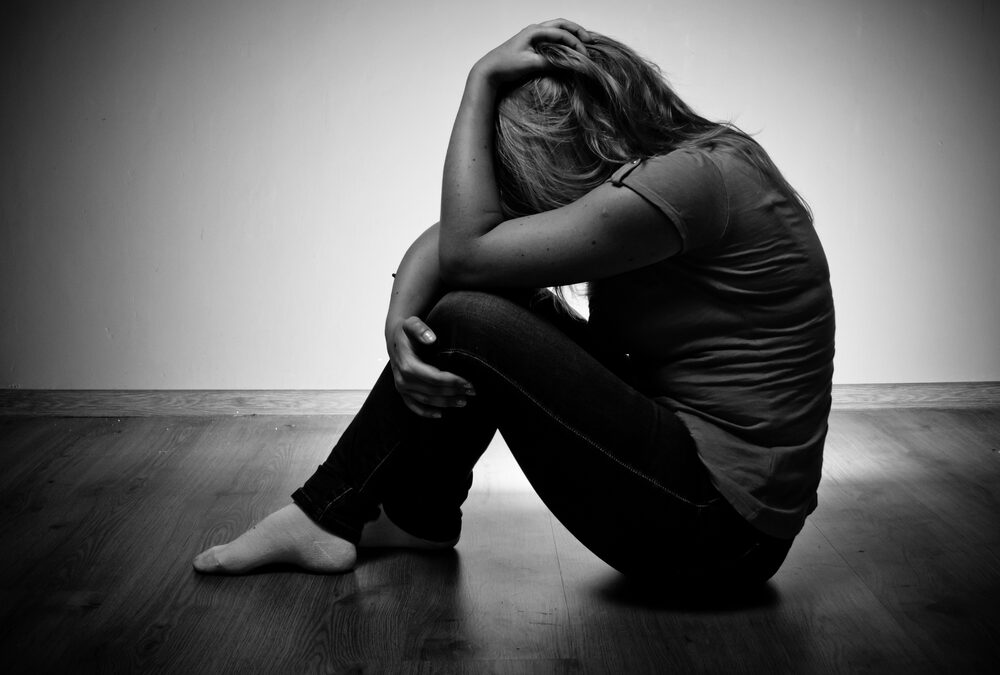The Joint Commission is proposing changes to the restraint, seclusion, and physical holding standards in the Behavioral Health Care and Human Services standards manual. The proposed rewrite aims to increase clarity and reduce duplicative requirements by streamlining the standards. In addition, it merges the standards for restraint, seclusion, and physical holds, considering physical holds as a type of restraint. A field review is planned to gather feedback on the proposed changes, particularly regarding new or significant concepts.
Current TJC Standards: The Difference Between Physical Hold vs Restraint or Seclusion
TJC clarified the difference between restraint, physical hold and seclusion in a 2020 FAQ. Currently, physical hold is seen as a separate intervention from restraint for children and youth. There are currently 11 standards specifically written for the physical hold of children and youth. In fact, The Joint Commission is planning to remove the “physical hold” terminology and frame these standards for restraint and seclusion for children, youth, and adults; aligning these requirements with the restraint and seclusion standards found in the Hospital accreditation program manual.
Key New Elements of the Revised Standards for Restraint, Seclusion and Physical Holding
- Physical hold language is removed entirely
- Requires physician or licensed practitioner orders for the use or continuation of restraint and seclusion
- Time Limited Orders, written and verbal, are limited to 4 hours for adults ages 18 and older; 2 hours for children and youth ages 9 to 17; and one hour for children under the age of 9.
- The organization assesses and monitors the individual served in restraint or seclusion.
- The Physician or licensed practitioner evaluates the individual in person prior to the expiration of each order and before renewing the order. A trained designee may conduct the in-person evaluation in accordance with law & regulation and organization policy in consultation with the physician or licensed practitioner.
- A physician or licensed practitioner evaluates the individual every 24 hours unless the law is more restrictive
- The individual served, involved staff and, if appropriate, the family participate in a debriefing no longer than 24 hours after the episode.
- Documentation of assessments, reassessments, continuous monitoring, notification to physician or licensed practitioner, and orders for restraint or seclusion.
- Additional data collection including race, ethnicity, and preferred language of the individual served
- Data is analyzed and when an opportunity for improvement is identified, the organization implements a performance improvement plan.
TJC Restraint and Seclusion Tracer
The restraint and seclusion tracer will include the following:
- Review of policies and procedures
- Staff training and competency assessment
- Identification of individuals with restraint and seclusion interventions
- Physician orders in accordance with time limitations
- Initial assessment, reassessment, and monitoring of the individual
- Updates to the plan for care, treatment, and services
- In-person evaluation every 24 hours by a physician, licensed practitioner, or a designee
- Collection, analysis, and performance improvement plan and action taken as indicated
Lastly, you may download the full text of the proposed standards at this link.
Proposed Standards Field Review
Interested parties are encouraged to participate in the field review by clicking on this link. Further, make sure to complete the review prior to the 4/3/2024 deadline.
Barrins & Associates Consultation
When we conduct our Mock Surveys and Continuous Readiness Consultations, we always include a tracer on restraint & seclusion. We also share our resources on best practices and survey readiness strategies. As always, we will continue to keep you posted on the best solutions for ongoing compliance.
Barrins & Associates – Simplifying Compliance, Empowering Patient Safety


